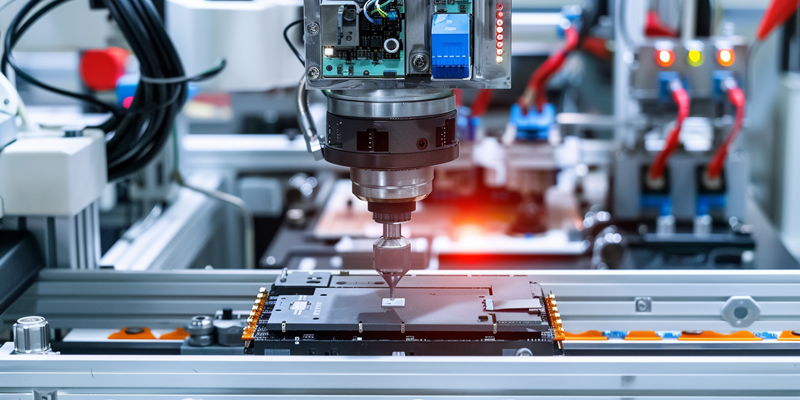In the cutthroat realm of semiconductor manufacturing, Intel’s ambitions have been met with a notable challenge. The technology giant had planned a significant expansion of its production capabilities in Israel, part of what has been dubbed their IDM 2.0 strategy. This strategy aims to bolster Intel’s market position through a more aggressive stance in the foundry sector. However, whispers within the tech sphere indicate that Intel’s $25 billion project has encountered a roadblock. While the company has maintained a veil of silence over any outright confirmation or denial, industry insiders often point to a myriad of variables that can impact the progression of such expansive projects, hinting that shifting timelines are not foreign to the tech realm.
The Ripple Effect of Delays
Intel’s setback in Israel mirrors the company’s challenges with its Ohio fabrication plant, where the ribbon-cutting day has been nudged from an anticipated 2025 to a farther horizon around 2027. Nonetheless, Intel is vying to contest the might of TSMC, the industry titan, with a staggering $100 billion investment plan. Despite the recent pause in the Israeli plant’s progress, Intel’s commitment doesn’t seem to falter. Their dedication is further cemented by the supportive framework of a potential $3.2 billion infusion from the Israeli government and the conventional reliance on private equity to shore up its financial basis.
Future Prospects Amidst Financial Strain
In the fiercely competitive semiconductor industry, Intel has been pursuing an aggressive expansion plan in Israel, a cornerstone of their IDM 2.0 strategy aimed at solidifying its standing in the foundry market. Despite its ambitious goals, the technology behemoth’s $25 billion expansion endeavor appears to have hit a snag. The buzz among tech insiders suggests that Intel’s project is facing unforeseen difficulties. Although Intel hasn’t openly acknowledged any setbacks, those familiar with the industry understand that such large-scale endeavors can be prone to unforeseen obstacles and delays. It’s an implicit recognition that in the high-tech world, particularly within semiconductor manufacturing’s complex landscape, shifting project timelines are almost to be expected. Intel’s silence on the matter suggests a behind-the-scenes effort to steer through these challenges without alarming stakeholders or signaling any loss of momentum in their broader strategic pursuits.

